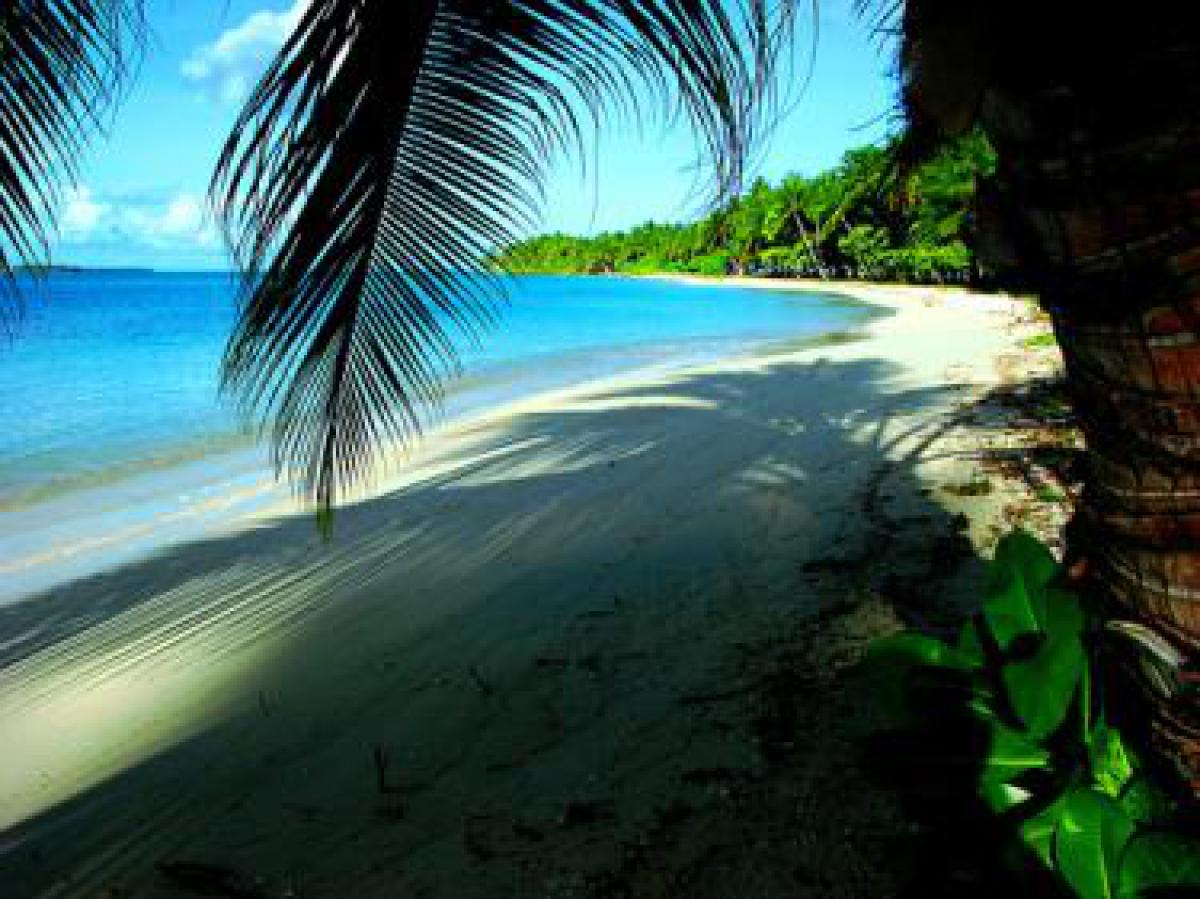Marshall Islands Geography
What is the terrain and geography like in Marshall Islands?
Overview
The Marshall Islands are located in the eastern part of the geographic region known as Micronesia, or *quot;Little Islands," a myriad of more than 2,100 coral atolls and volcanic islands scattered across 3 million square miles of the western Pacific Ocean.The Marshall Islands lie between latitude 4-14°N. and longitude 160-173°E. The 29 coral atolls and 5 single islands of the Marshall Islands form two parallel groups extending northwest and southeast-the Ratak ("Sunrise") Chain and Ralik ("Sunset") chain. Total land area of all of the Marshall Islands is 70 square miles. Marine resources are abundant, but poor soil provides little opportunity for agriculture, except for the harvesting and drying of coconut meat into copra, the only revenue opportunity for outer islanders.
Each atoll is a cluster of small, low‑lying islands, none more than a few meters above sea level, circling a lagoon. The development of a coral atoll begins with coral growth around the edge of a high, often volcanic mountain. Growth continues as the mountain slowly sinks beneath the sea, leaving behind a circular reef that grows into small islands, islets, and open reef surrounding a lagoon.
Most atolls have free‑flowing water across most of the reef, with one or two openings for boats to enter the lagoon. The islands of most atolls are not contiguous, with stretches of open reef extending for miles between islands. As the distances between islands in an atoll can be many miles, travel from island to island within an atoll can be difficult.
Linking the islands of the southern side of Majuro Atoll runs the longest paved road in Micronesia, the islands having been artificially joined over the years by a 32‑mile continuous road.
Geography - note
the islands of Bikini and Enewetak are former US nuclear test sites; Kwajalein atoll, famous as a World War II battleground, surrounds the world's largest lagoon and is used as a US missile test range; the island city of Ebeye is the second largest settlement in the Marshall Islands, after the capital of Majuro, and one of the most densely populated locations in the PacificMarshall Islands Use of Natural Resources
| Geographic Location | Oceania |
| Total Area |
70 Square Miles 181 Square Kilometers |
| Land Area |
70 Square Miles 181 Square Kilometers |
| Coastline |
230 Miles 370 Kilometers |
| Geographic Coordinates | 9 00 N, 168 00 E |
| Terrain | low coral limestone and sand islands |
| Highest Point | 10 Meters |
| Highest Point Location | unnamed location on Likiep 10 m |
| Lowest Point Location | Pacific Ocean 0 m |
| Natural Resources | coconut products, marine products, deep seabed minerals |
| Time Zone | UTC+12 (17 hours ahead of Washington, DC, during Standard Time) |

